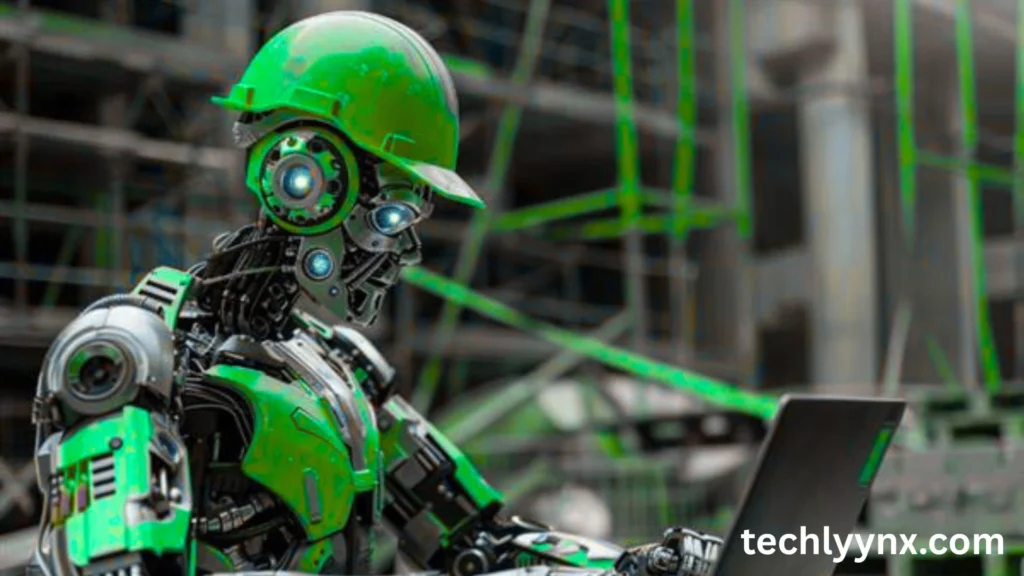Nowadays, artificial intelligence (AI) is more than simply a catchphrase. From our phones to industries, from hospitals to farms, it is there everywhere. However, the industrial sector is one of the most significant areas where AI is having an impact. AI is changing how industries use technology in a variety of ways, from process automation to increased safety. The function of AI in industrial settings and how it is reshaping the future will be discussed in this essay.
The Role of AI in Modern Industry
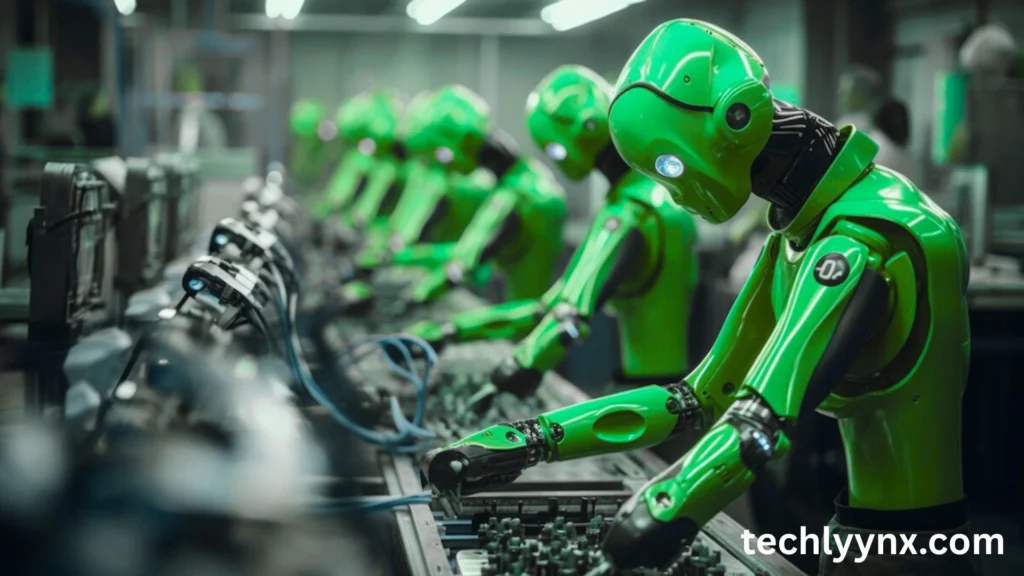
Systems, people, and machines must cooperate for industries to function. However, effectively managing all of these factors is difficult. AI adds another degree of intelligence to this combination. Machines may use it to learn from data, anticipate mistakes, and make better decisions more quickly than people. AI frequently improves jobs rather than replaces them, freeing up human labor for more strategic or creative endeavors.
For instance, consider predictive maintenance. Schedules or when something broke were the basis for maintenance in earlier systems. Thanks to artificial intelligence, sensors can now continuously monitor machinery and notify operators before a malfunction occurs. This translates into improved resource use, fewer surprises, and reduced downtime.
How AI Improves Safety and Efficiency
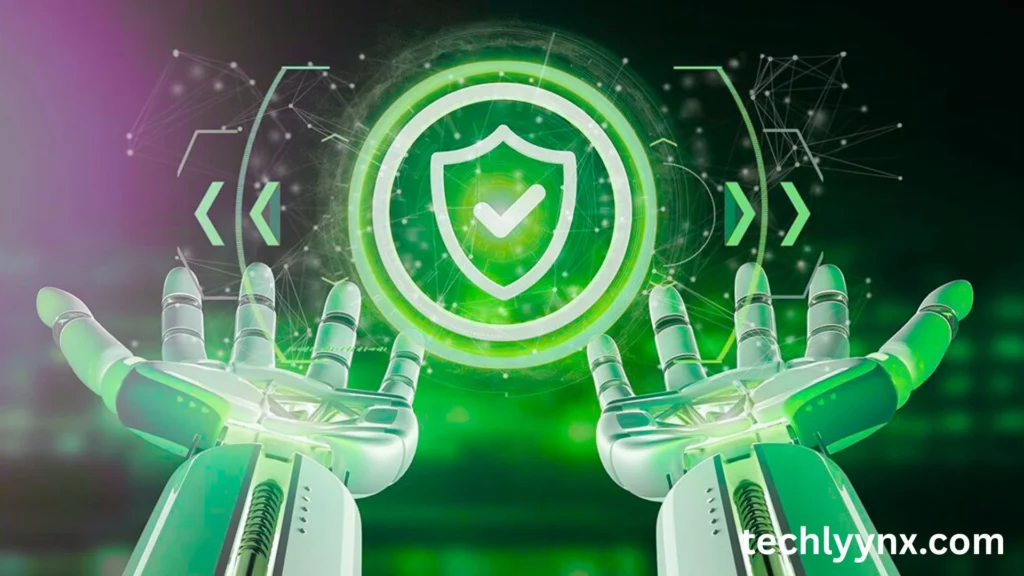
In sectors like manufacturing, energy, and construction, safety is always the first priority. AI is significantly contributing to increased workplace safety. When a worker is not wearing the proper safety equipment or enters a hazardous area, smart cameras can identify it. Drones with AI capabilities can examine dangerous locations, such as deep mines or tall structures, preventing people from being hurt.
Another significant advantage is efficiency. AI is capable of analyzing vast volumes of data and identifying patterns that humans might overlook. As a result, there will be fewer mistakes, quicker procedures, and more reliable quality. AI makes sure everything goes as smoothly as possible, whether it’s regulating the temperature in a food processing facility or the pressure in a chemical reactor.
How AI and Technology Work Together in Industry
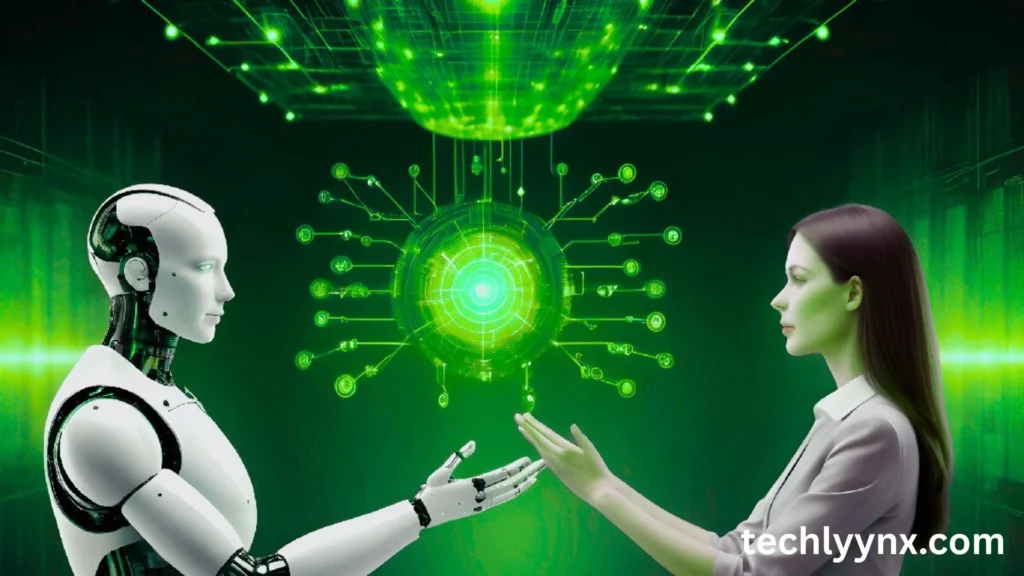
Technology and AI go hand in hand. AI wouldn’t work as well without contemporary technologies like robotics, sensors, and cloud computing. The game is being changed by this combination. Within seconds, data is gathered by smart sensors, processed by AI, and then used by automation tools.
For instance, robots currently operate alongside people on the assembly line in the automotive sector. These AI-guided robots react instantly to shifting circumstances. Advanced technology is the only thing that makes this combination of human competence and intelligent machines conceivable.
AI is also utilized in logistics to track goods, forecast delays, and recommend quicker routes. Moving things is no longer the only goal; with the aid of developing technology, it can now be done more quickly, more cheaply, and more intelligently.
Technology Helps AI Scale Across Sectors
Businesses are investing in the appropriate infrastructure as more embrace AI. The basis for AI’s scalability across industries is technology. Every business employs AI differently, from aerospace to agriculture, but they all rely on dependable technology to make it happen.
AI in agriculture examines crop status, weather trends, and soil health. Farmers utilize this knowledge to cut waste, boost productivity, and make smarter decisions. AI in aerospace aids with maintenance scheduling, flight safety, and aircraft design.
Successful AI adoption depends on robust and adaptable technology, regardless of the industry. This technological layer makes sure AI integrates seamlessly with current systems and can expand to meet evolving business requirements.
Challenges in AI and Industrial Technology Integration
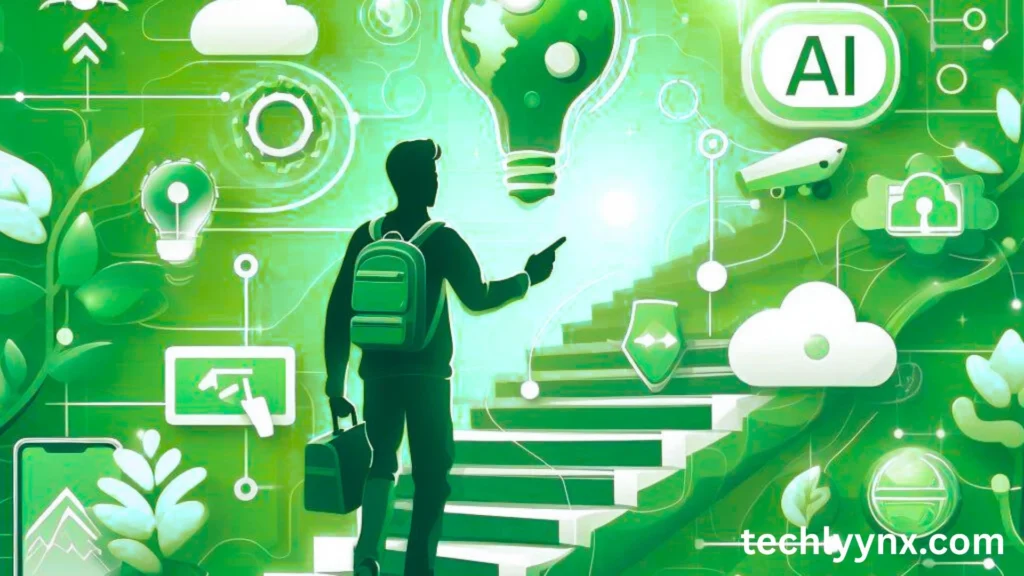
Notwithstanding all of the advantages, there are certain difficulties in incorporating AI into industrial technologies. The price comes first. Investment is necessary for advanced systems and AI tools, not just for hardware but also for infrastructure and training. Data comes next. For AI to work, precise, high-quality data is required. Inconsistent data sources or antiquated systems plague several sectors.
Another worry is cybersecurity. The likelihood of cyberattacks rises with the interconnectedness of industry. AI systems must be reliable and safe. Otherwise, even a minor data leak could result in significant losses or outages.
And lastly, the human element. Some employees could find it difficult to adjust to new processes or fear losing their jobs. For this reason, while implementing AI in the workplace, communication and training are crucial.
Future of Industry Lies in AI and Technology
It is obvious that technology and artificial intelligence will continue to spur industry innovation. Intelligent supply networks, driverless cars, and smart factories are only the beginning. Even small and medium-sized enterprises will begin implementing AI capabilities as they become more widely available.
We are approaching a period when real-time monitoring, adjustment, and improvement of every aspect of an industrial process are possible. Decisions that used to take days are now decided in a matter of seconds. Everyone will be safer and resources will be used more effectively.
How well they integrate AI and technology will determine the industries of the future. While others run the risk of lagging behind, those who invest now will be at the forefront.
Conclusion
The combination of AI and technology is redefining what’s possible in industrial settings. From better safety and efficiency to smarter processes and predictive maintenance, AI is helping industries operate at a whole new level. Though challenges exist, the benefits far outweigh the costs.
Industries that embrace this change, build the right infrastructure, and train their people well will not just survive—they’ll thrive. In the world of industry, AI isn’t just transforming technology—it’s transforming the future.

